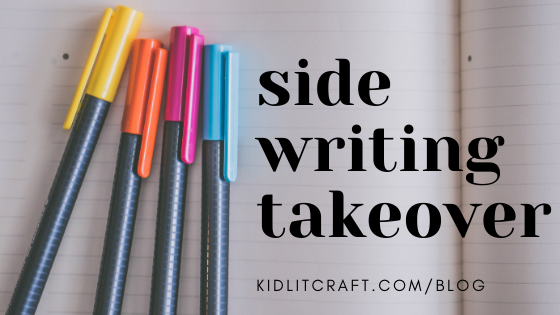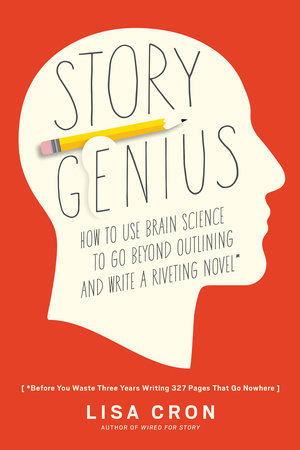interview by Anne-Marie Strohman
Sidewriting Takeover brings together writers of picture books, middle grade, and young adult fiction to explore how writing outside of a draft can help deepen your drafts and revisions. Each writer shares an exercise that they’ve found helpful. If you missed our initial post: START HERE.
Jen Jobart thinks as deeply about her writing as she does the environment and the world she wants to pass on the next generations. She is committed to re-drafting a novel until she gets it right, and her love of learning and pursuit of excellence in her writing are evident every time I speak with her. I met Jen through the Middle Grade Lunch Break group that KidLit Craft spun off from, and a pandemic treat is seeing Jen at our meetings again now that we’re on Zoom. I think you’ll enjoy Jen’s take on sidewriting and how she’s made the practice unique to her. –Anne-Marie
KidLit Craft: How has sidewriting become a part of your writing process? Were you always a sidewriter?
Jen Jobart: Honestly? I hate sidewriting. I get such limited time to write that it always feels like a waste to write things that won’t even be in the book. That said, every time I actually make myself sit down and sidewrite, I find that more of it ends up in the book than not.
The most useful type of sidewriting for me has been in search of my protagonist’s misbelief and origin scene. Lisa Cron offers a framework for these in her book Story Genius.
What’s worked best for me in the past is to take myself on a weekend retreat in my Casita camper or an AirBnB and focus on going through the exercises in Story Genius. By the end of the weekend, I know my character, and what drives her, a lot better.
KLC: At what points in the process of writing a novel do you sidewrite most?
JJ: Sidewriting is most useful to me between drafts. When I write a new draft, I don’t just change a few words here and a paragraph there. I sit down and figure out, big picture, what isn’t working, and then spend months thinking about how to fix that. Sidewriting helps crystalize my musings into a completely new story.
KLC: How does sidewriting help you?
JJ: For me, writing a novel is about transferring the nebulous ideas in my head to a story that feels true for others. This can be a tricky process! Sidewriting helps me understand what my brain is trying to tell me.
Sidewriting Challenge: Character’s Misbelief and its Origin
Lisa Cron offers a short explanation of how to write your protagonist’s misbelief and origin scene here. I highly recommend reading her explanations and then following her three-step exercise.
Step 1: Ask yourself, what is my protagonist’s misbelief? What one, defining thing does she think is true about the world that is going to be proven false?
Step 2: Brainstorm possible scenes where the misbelief might have first taken hold in your protagonists’ life.
Step 3: Write out your Origin Scene as an actual scene

Jen Jobart writes middle grade fantasy that explores environmental themes. She lives with her husband, twin boys, and cats in an off-grid camping trailer on a permaculture farm in the California Sierra Foothills. She is a regular contributor to KidLit Craft. Find her at www.jenjobart.com, and find her KidLit Craft posts HERE.
For more of our Sidewriting Takeover series, check out these posts:
Side-thinking and Personality with Aimee Lucido
Gossip Your Way Through the Story with Mary Winn Heider
Writing for Emotional Power with Sarah S. Davis
Dive into Character Relationships with David Macinnis Gill
We send out a newsletter once a month with writing inspiration, craft tips, featured authors and more. Sign up here:
Anne-Marie Strohman (co-editor) writes picture books, middle grade novels, and young adult short stories and novels. She is trained as a teacher, an editor, and a scholar, specializing in Renaissance Literature. She holds an MFA in Writing for Children and Young Adults from Vermont College of Fine Arts and is an active member of SCBWI. Find her at amstrohman.com and on Twitter @amstrwriter.



COMMENTs:
0